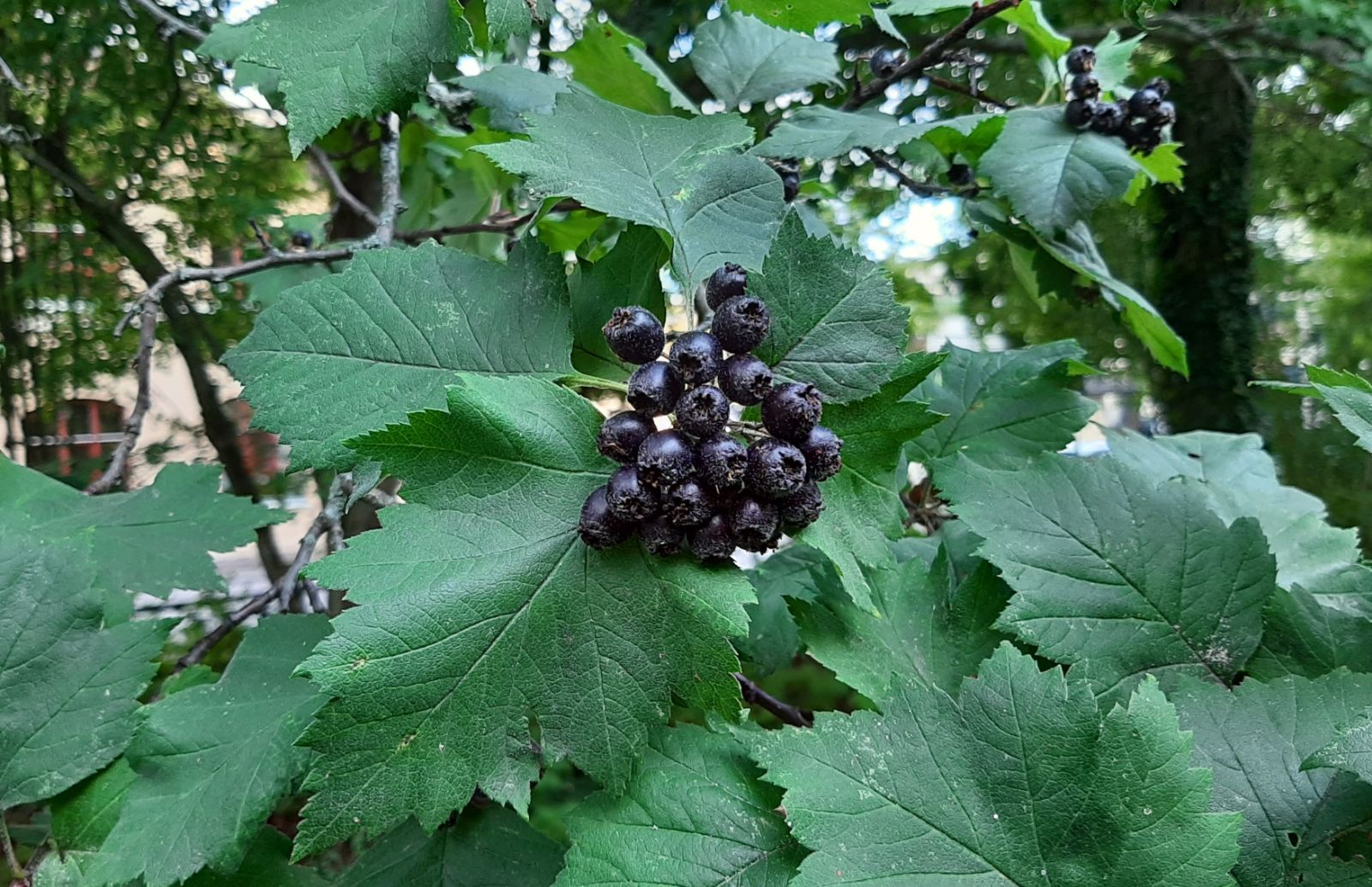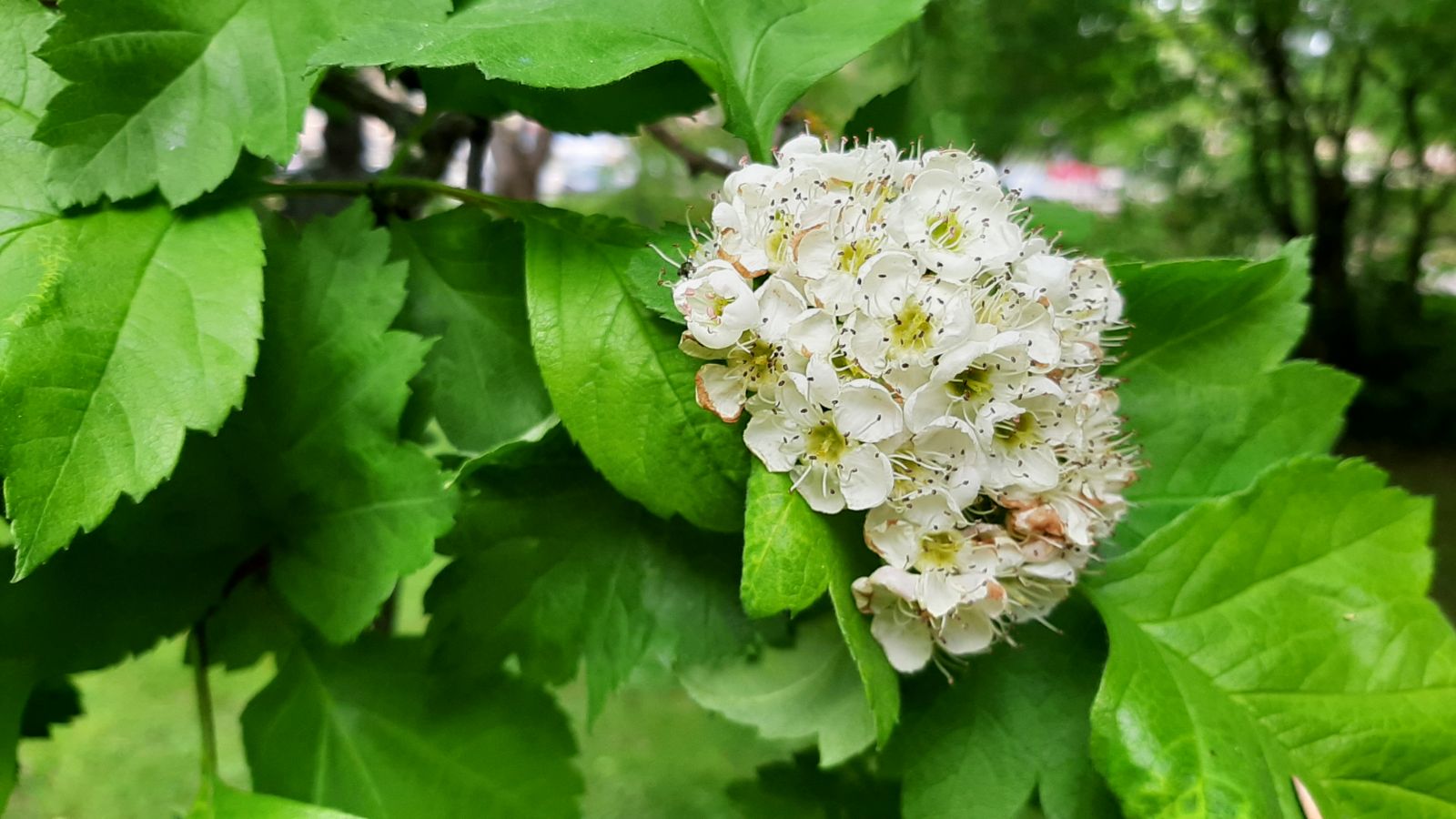Crataegus chlorosarca
Sponsor
Kindly sponsored by
This genus has been sponsored and new text is being prepared.
Credits
Article from Bean's Trees and Shrubs Hardy in the British Isles
Recommended citation
'Crataegus chlorosarca' from the website Trees and Shrubs Online (treesandshrubsonline.
Genus
Other taxa in genus
- Crataegus ambigua
- Crataegus apiifolia
- Crataegus aprica
- Crataegus azarolus
- Crataegus baroussana
- Crataegus brachyacantha
- Crataegus chrysocarpa
- Crataegus chungtienensis
- Crataegus coccinioides
- Crataegus crus-galli
- Crataegus cuneata
- Crataegus × dippeliana
- Crataegus douglasii
- Crataegus dsungarica
- Crataegus durobrivensis
- Crataegus flabellata
- Crataegus flava
- Crataegus henryi
- Crataegus heterophylla
- Crataegus intricata
- Crataegus jozana
- Crataegus laevigata
- Crataegus × lavallei
- Crataegus macracantha
- Crataegus marshallii
- Crataegus mexicana
- Crataegus meyeri
- Crataegus mollis
- Crataegus monogyna
- Crataegus nigra
- Crataegus oliveriana
- Crataegus orientalis
- Crataegus oxyacantha
- Crataegus pedicellata
- Crataegus pentagyna
- Crataegus phaenopyrum
- Crataegus pinnatifida
- Crataegus pruinosa
- Crataegus prunifolia
- Crataegus pseudoheterophylla
- Crataegus punctata
- Crataegus sanguinea
- Crataegus spathulata
- Crataegus stipulacea
- Crataegus succulenta
- Crataegus tanacetifolia
- Crataegus tomentosa
- Crataegus uniflora
- Crataegus viridis
- Crataegus wattiana
- Crataegus wilsonii
A small, mostly unarmed tree, of pyramidal habit; young shoots stout, warted, slightly hairy at first, becoming by autumn deep brown-purple, with large, almost black buds. Leaves 2 to 33⁄4 in. long, nearly as wide at the base, triangular or broadly ovate, broadly wedge-shaped towards the stalk, rather shallowly seven- or nine-lobed, the lobes finely toothed, both sides hairy, the upper one becoming glabrous, very dark green; stalk 1⁄3 to 3⁄4 in. long; stipules gland-toothed. Flowers white, 1⁄2 in. across; produced in corymbs 2 in. in diameter; outside of calyx and flower-stalks hairy; calyx-lobes minutely toothed; stamens twenty; styles five. Fruit black, 1⁄2 in. diameter, flattened-globose.
Native of Manchuria and Japan; fairly common in gardens, where it is admired for the deep colouring of its branchlets. C. chlorosarca is only likely to be confused with dsungarica or songorica, which have also black fruit; it is distinguished from these by the shallower lobes of the leaves, their abrupter points, and finer teeth.


